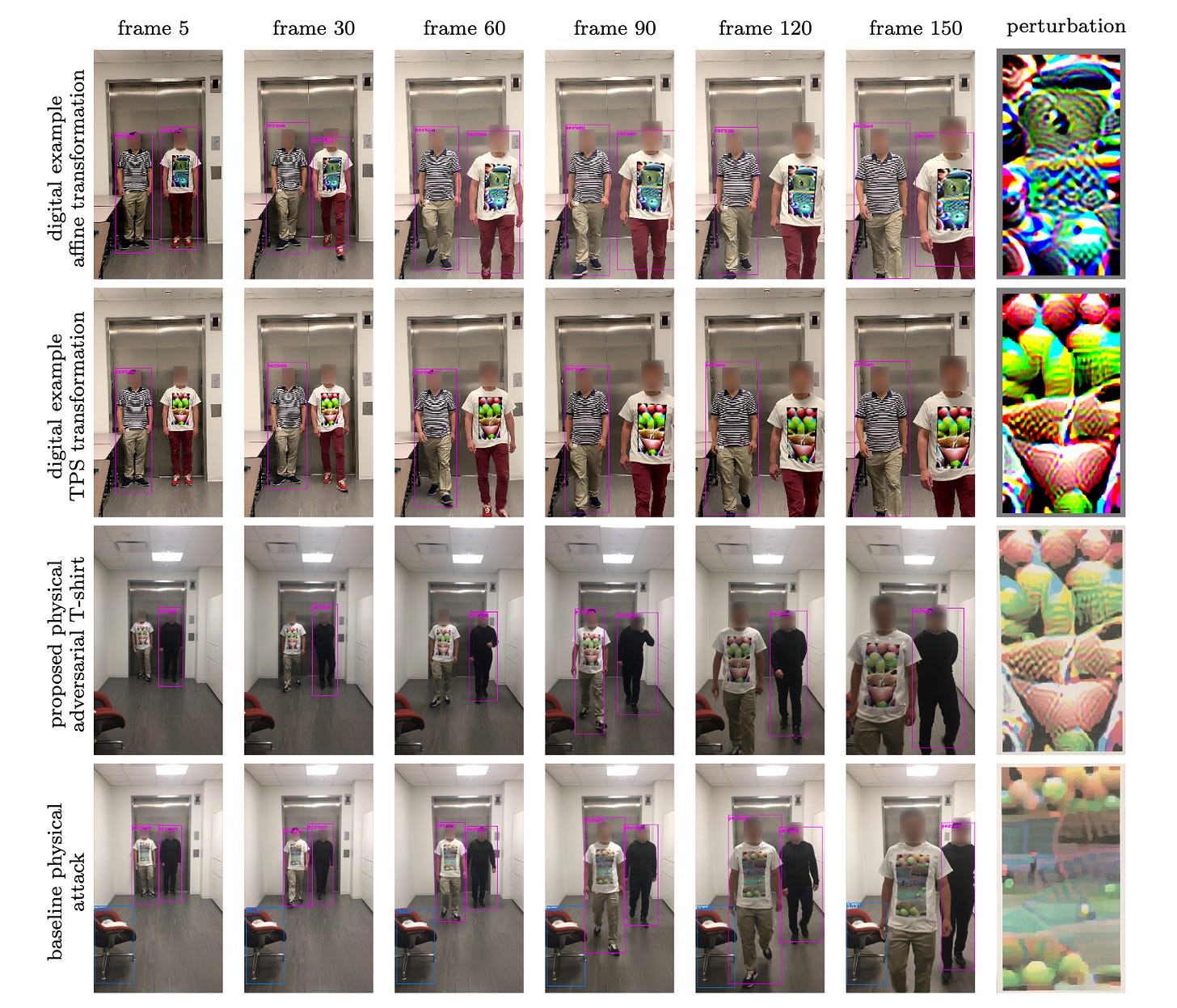We have all heard about the rapidly expanding use of facial recognition in China. This is now spreading to other countries. The Australian Government is going to trial facial recognition in 5 schools for a potential country wide roll out. It won’t be long until a wider range of retail establishments use facial recognition to recognize customers (to brief sales staff on previous purchases, individual tastes and preferences before they greet the customer, see the August 1 newsletter). Facial recognition will be everywhere. What will we need to do if we want to avoid being recognized and tracked.
We could do it the old fashioned way.

There are however, more practical ways.
A Variety of Masks
We could all start to wear masks (except in Hong Kong where they are currently banned). Different types of masks will be more effective than others. This facial mask fools facial recognition from all directions. It is a mask that curves around the face but allows the user to look out.

If you don’t want to look like you are wearing a hockey mask all day try this Dutch alternative. It projects a different face on your own face every few seconds thus fooling the facial recognition systems.

Another alternative is to use these Japanese designed glasses that have LED lights around the eyes (shining out so the user doesn’t see them). These LED lights stop the facial recognition systems from working.

If these technologies aren’t your thing, try using hair extensions, face makeup and gems to fool the facial recognition systems.

or try this Hong Kong design that uses multiple faces to overwhelm the systems.

What if you don’t like Masks, Projectors, Glasses, Makeup and Hoodies?
It turns out that there is a much simpler way to fool facial recognition systems. Simply wear a particular t-shirt. Researchers in the US have discovered that some t-shirt designs make a person invisible to facial recognition systems.
The researchers found that they were able to fool the Deep Neural Networks (facial recognition systems are deep neural networks, i.e. networks that use multiple layers of classification to determine what object or person they are looking at) by using a known vulnerability. The networks are highly trained on input data and variations away from that data can fool the network. For example systems can recognize a red stop sign. They have been shown thousands of examples of stop signs by the network developers. By simply placing a couple of black and white stickers on the stop sign the network fails to recognize the sign as a stop sign.
The researchers developed an adversarial t-shirt that allowed wearers to avoid person detection up to 80% of the time. The facial recognition systems firstly determine if the object that they are studying is a person or not, the system then tries to recognize the face. By fooling the system into thinking that you are not a person, the system won’t try to recognize the face. Different designs have different levels of success.

The researchers then attempted to design a t-shirt that can overcome multiple facial recognition cameras in the same location (there is never just one). The goal still being to fool the object detectors into believing that the object (i.e. person) does not exist.

Now you know what to wear when you head out shopping or go to your next protest march.
Farewell to SMS?
SMS or Short Messaging Service has become an integral part of the way that we communicate. Well SMS may soon be on the way out. Don’t worry, you won’t have to resort to actually talking to people, a different more useful system called RCS (Rich Communication Service) may soon start to replace the old SMS.
RCS has multiple advantages:
8,000 character limits per message (versus SMS’s 160 limit)
Supports read receipts and displays when the other person is typing
Web-based chat and cross-platform message syncing
Uses WiFi and mobile data to send messages
Group chat
Native audio messaging support
End-to-end message encryption
Like all new technology, adoption isn’t consistent amongst the range of service providers that we all use. Apple uses its’ own i-message service (different to SMS and RCS), Google uses RCS for Android and Microsoft Messaging can use RCS.
It is not only the device manufacturers that need to enable the use of RCS. The telcos also need to enable RCS transmission. The 4 major carriers in the US have just agreed to enable RCS transmission, probably in 2020. Telstra in Australia allows RCS however the other carriers do not (Optus committed to in 2017 but have not yet implemented it). Send an RCS message to a phone that can not accept RCS or to a user on a carrier that doesn’t allow RCS and the message will just disappear. Apple is likely to resist and stick to its’ proprietary system, at least in the short term.
Time will tell if there is wider adoption of the RCS technology however it is likely that the SMS we all grew up with, won’t be around for too much longer.
Paying it Forward
If you have a start-up or know of a start-up that has a product, ready for market please let me know. I would be happy to have a look and give the start-up a shout out to my readers if it is something that I think they could use. If you have any questions or comments please email me via my website craigcarlyon.com
I would also appreciate it if you could forward this newsletter to anyone that you think might be interested.
Till next week.
